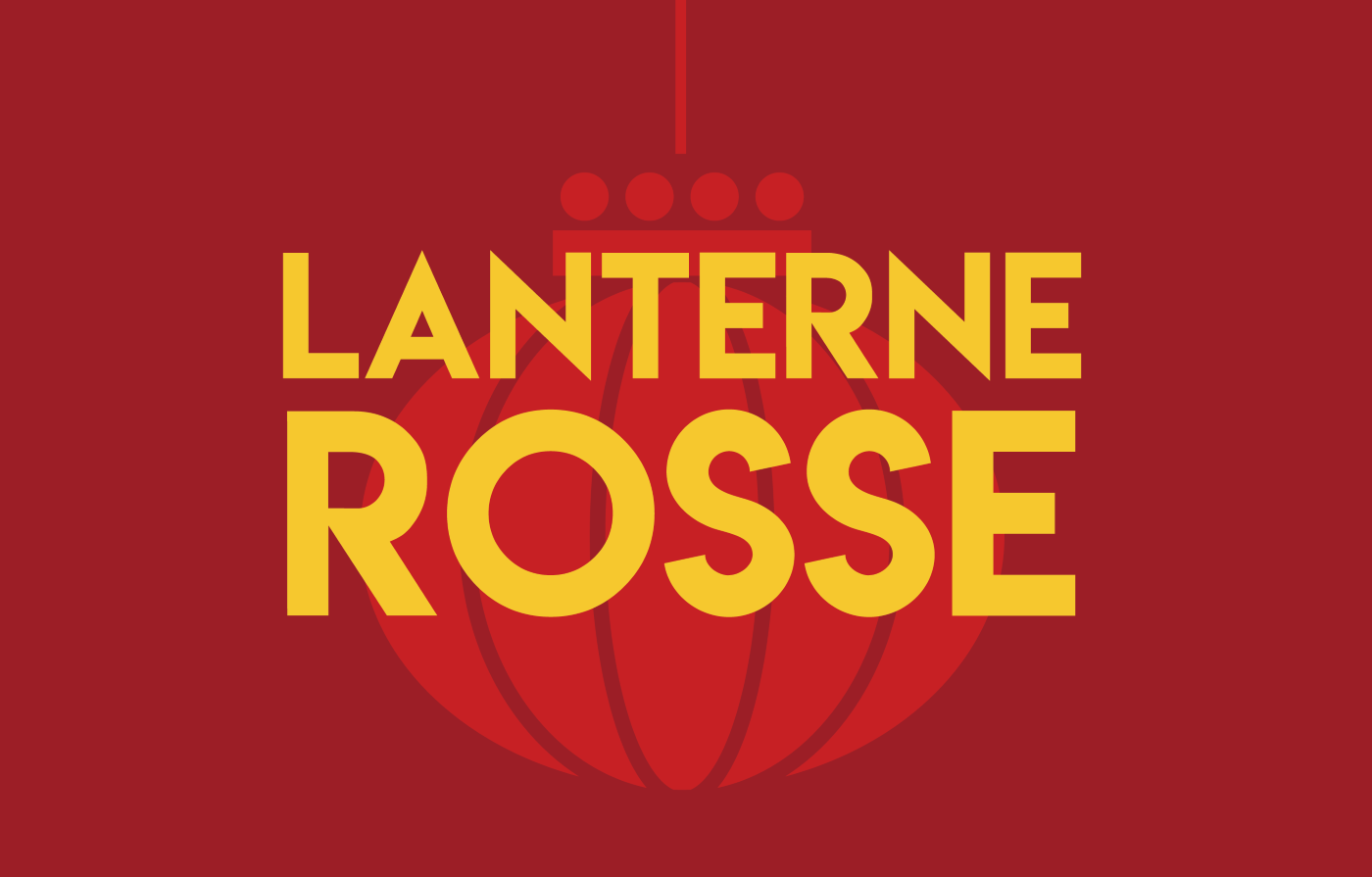SARS virus-killing substance found and marketed
Beijing (AsiaNews/SCMP) Polygiene, a substance made and tested by the Swedish chemical company, Perstorp, based in Italy, kills the SARS virus within 24 hours of contact, and can be mixed into plastics or other materials to furnish anti-viral surfaces on high contact areas such as light switches, door knobs and toilet seats. Without treatment, the SARS virus can remain active outside the body up to 15 days.
The product has been called a "scientific breakthrough" by Zhang Liubo, sterilization center director at the Chinese Centre for Disease Control and Prevention, who is confident that Polygiene will reduce the spead of SARs and other viral infections in the future.
Perstorp developed Polygiene in 2000 to kill bacteria, including salmonella. With the outbreak of SARS, Perstorp scientists in Italy began to collaborate with those at the Chinese science academy to see if the polymer would eliminate SARs. Luigi Mocchia, scientist and managing director at Perstorp, explained that Polygiene has an embedded silver compound that emitted the ion Ag+, which kills bacteria.
"We tested the compound against a four-hour, eight- hour, and 24-hour exposure period and found no surviving SARS virus upon 24 hours of exposure to the polymer," Zhang Panhe, professor at the Chinese Academy of Military Medical Sciences.
President of Perstorp, Lennart Holm, said that Polygiene polymers would be sold to China-based makers of toilet seat, door knobs, utility devices and other common products for global distribution, and also indicated that the company would begin testing Polygeine against various strains of bird flu in China. "We're confident we can come up with a new version of Polygiene that can also kill bird-flu" he said, adding that the virus was much less complicated than the SARs coronavirus.
The first Sars outbreak occurred in November 2002 in the southern province of Guangdong, infecting 5,327 persons and provoking 349 deaths in China alone. About 8,000 infections and 800 deaths were recorded in relation to the disease worldwide.






.png)










